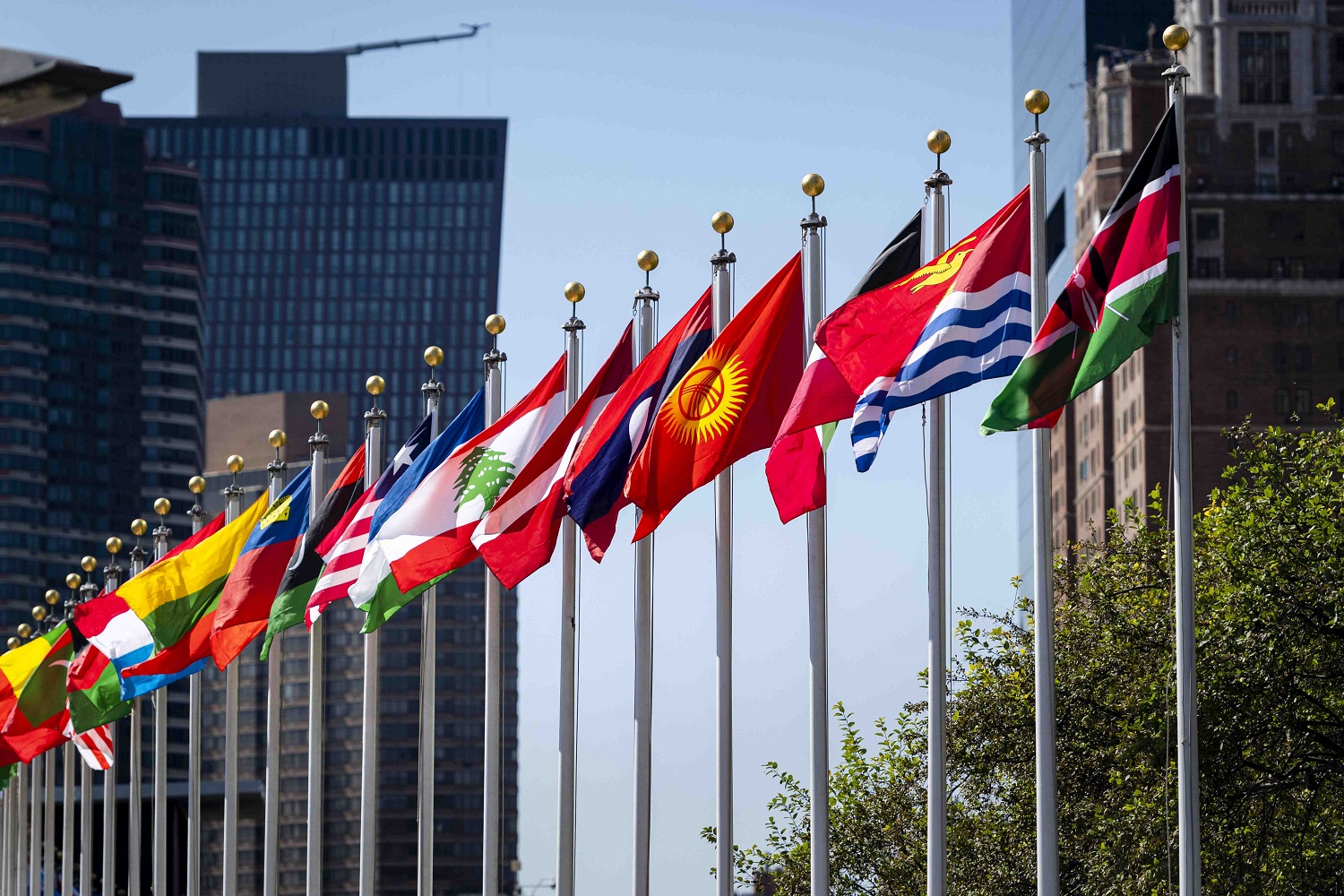
UN: 2024 Decisive for Ending AIDS as Health ThreatUN: 2024 Decisive for Ending AIDS as Health Threat By AFP July 22, 2024 Political decisions made this year will determine whether the goal of eliminating AIDS as a public health threat by 2030 can be achieved, the United Nations said Monday. While figures from 2023 show global improvements in new infections, treatment rates, and a decline in deaths, UNAIDS warns that this progress is fragile. Key Findings * Nearly 40 million people are living with HIV. * 1.3 million new infections were recorded in 2023. * 630,000 people died from AIDS in 2023. * 30.7 million patients are receiving antiretroviral drugs, but this falls short of the 2025 target of 34 million. * Eastern and Southern Africa remain the worst-affected regions, with 20.8% of people living with HIV. Challenges UNAIDS Executive Director Winnie Byanyima emphasized that the world is not on track to meet the agency’s 2030 goals due to: * Inadequate addressing of inequalities driving the HIV pandemic. * Stigma, discrimination, and criminalization, particularly among marginalized groups (e.g., prisoners, sex workers, LGBTQ+ individuals). Call to Action Ahead of the 25th International AIDS Conference, Byanyima and UN human rights chief Volker Turk issued a joint statement: * “Stigma kills. Solidarity saves lives.” * “Abolition of criminal laws against LGBTQ+ people is essential for the protection of everyone’s human rights and health.” The UN urges countries to prioritize addressing stigma, decriminalizing LGBTQ+ individuals, and ensuring access to treatment for all.

Credit: CC0 Public Domain
Decisions made by political leaders this year will determine whether the goal of eliminating AIDS as a public health threat by 2030 can be achieved, the United Nations said Monday.
Figures from 2023 show global improvements in the number of new infections, treatment of HIV-positive patients and a decline in deaths, but UNAIDS warns that this progress is fragile.
Nearly 40 million people are living with HIV, the virus that can cause AIDS, a new UN report says.
About 1.3 million new infections were recorded last year, an increase of 100,000 from 2022, but a significant drop from the peak of 3.3 million in 1995.
But the long-term trend is still far from the UNAIDS target of 330,000 new infections next year.
The number of deaths from AIDS has also fallen, from 670,000 in 2022 to 630,000 last year, the report found.
Access to antiretroviral drugs is a major problem, with 30.7 million patients receiving such treatment, compared to just 7.7 million in 2010. But the number falls far short of the 2025 target of 34 million.
Eastern and Southern Africa remain the worst-affected regions, with 20.8% of people living with HIV, 450,000 of whom became infected and 260,000 died last year.
While acknowledging the progress, UNAIDS Executive Director Winnie Byanyima said the world was not on track to meet the agency’s 2030 goals.
“The inequalities driving the HIV pandemic are not being adequately addressed,” Byanyima said in the report.
“Every minute someone dies from AIDS-related causes,” she added.
Stigma hinders treatment
Stigma, discrimination and sometimes criminalization affect certain groups. This leads to much higher infection rates, because people cannot seek help and treatment without danger.
Globally, the prevalence of AIDS among people aged 15 to 49 is 0.8 percent, but among prisoners it is 1.3 percent and among women and girls aged 15 to 24 in East and Southern Africa it is 2.3 percent.
Infection rates continue to rise among sex workers (three percent), people who inject drugs (five percent), homosexuals and men who have sex with men (7.7 percent) and transgender people (9.2 percent).
In an interview with AFP, Byanyima criticized the “well-coordinated, well-funded fight” against LGBTQ rights, reproductive rights and gender equality.
While some countries in sub-Saharan Africa have seen new infections fall by more than half since 2010, Byanyima noted, “We also have regions like Eastern Europe, Central Asia and Latin America where we see infections going in the wrong direction and increasing,” with stigma keeping people away from services.
In Eastern Europe and Central Asia, only half of people with HIV are on treatment, while in the Middle East and North Africa the figure is 49 percent.
Ahead of the 25th International AIDS Conference that starts in Germany on Monday, Byanyima and UN human rights chief Volker Turk issued a joint statement last week.
“Stigma kills. Solidarity saves lives,” they said.
“Together, we call on all countries to abolish all criminal laws against lesbian, gay, bisexual, transgender and queer people. Decriminalization of LGBTQ+ people is essential for the protection of everyone’s human rights and health.
© 2024 AFP
Quote: UN says 2024 decisive for ending AIDS as health threat (2024, July 22) Retrieved July 22, 2024 from https://medicalxpress.com/news/2024-07-decisive-aids-health-threat.html
This document is subject to copyright. Except for fair dealing for private study or research, no part may be reproduced without written permission. The contents are supplied for information purposes only.
